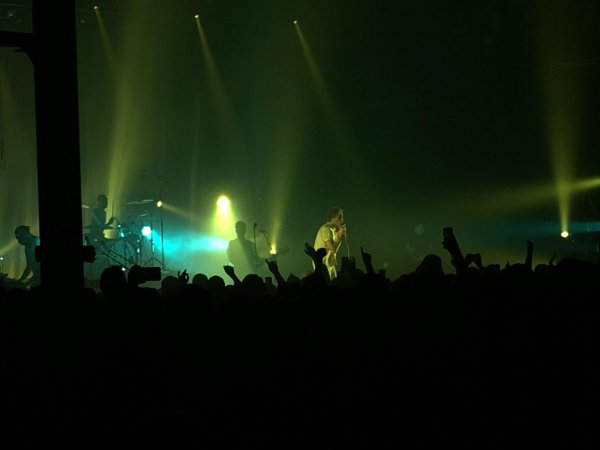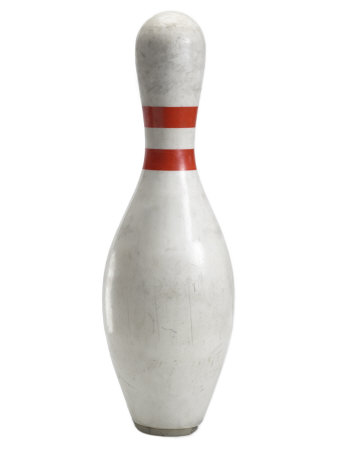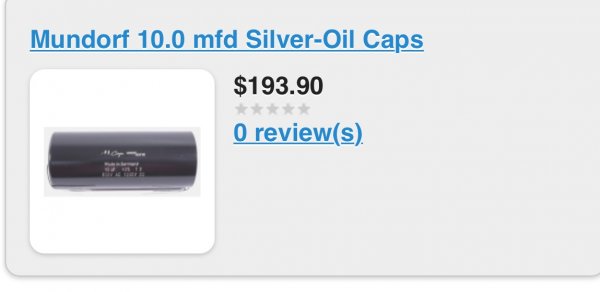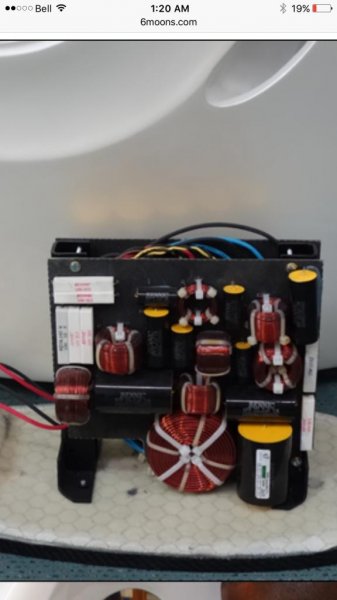Nyal's blog post on decay time standards fits better with my experience.
http://www.acousticfrontiers.com/understanding-small-room-reverberation-time-measurements/
Amir, the next time you are in a room with 500+ms decay, I want you to play the following Awolnation song, 85-90db at the seated position.
"Can I get an Amen?"
http://www.acousticfrontiers.com/understanding-small-room-reverberation-time-measurements/
Amir, the next time you are in a room with 500+ms decay, I want you to play the following Awolnation song, 85-90db at the seated position.
"Can I get an Amen?"
If by "small" you mean RT60 is not valid, that is folklore that is created on the web. It is not correct. See this rather long series of posts/articles I have written on the topic: http://www.whatsbestforum.com/showt...nt-thereof-to-quot-small-acoustic-spaces-quot
That said, yes, in large performance spaces RT60 holds more value than in our listening room. Our use here is limited to quick assessment of whether a room is too live or too dead. Acceptable ranges are between 0.2 and 0.6 when measured @500 Hz. For music I like to see 0.5 to 0.6 and in the case of classical music and large performances, even slightly higher. For multichannel when the other speakers provide the ambiance, then lower values can be tolerated.
Also, one can visually determine RT60 as I did by looking at your room. In this case with fully carpeted room you are already quite a bit there with respect to total space that can be covered. Another way is by simply talking as human speech resembles the directivity of most loudspeakers at those frequencies.
As I said, as long as you are happy, that is fine. Just wanted to note it as chasing low frequency absorption often results in rooms that are overly dead.






